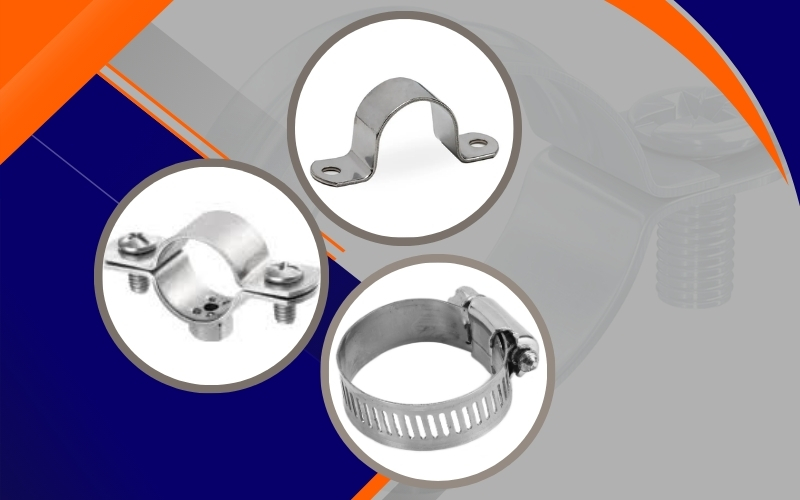
Weld neck flanges have a long, tapered hub that gradually transitions into the pipe, making them ideal for critical applications such as oil & gas, power plants, and refineries. The smooth flow and stress distribution reduce the risk of turbulence and erosion.
Advantages:
Slip-on flanges are easy to align and install. They slide over the pipe and are welded on both the inner and outer sides. These flanges are cost-effective and used where the risk of leakage is low.
Advantages:
Blind flanges have no bore and are used to close off pipelines, valves, or pressure vessels. They allow easy access for inspection or modification without cutting the pipe.
Advantages:
Socket weld flanges are used for small-diameter, high-pressure piping. The pipe is inserted into the flange’s socket and then fillet welded around the top. They are widely used in chemical and petrochemical systems.
Advantages:
Threaded flanges (screwed flanges) have a female thread that matches the male thread on the pipe. These are used in areas where welding is hazardous or not feasible, such as in explosive zones.
Advantages:
Lap joint flanges are used with a stub end, allowing rotation around the pipe. They are ideal for applications where alignment is difficult or regular disassembly is required.
Advantages:
Unlike standard weld neck flanges, long weld neck flanges extend further and are commonly used in high-pressure, high-temperature systems like columns and heat exchangers.
Advantages:
Orifice flanges are specially designed to measure flow rates in piping systems. They have tapped holes for connecting instrumentation like pressure gauges or differential pressure transmitters.
Advantages:
When selecting the right pipe flange for your system, consider the following:
These industries rely on selecting the correct flange to maintain efficiency, safety, and reliability in their operations.
The right type of pipe flange can significantly enhance the performance and safety of your piping system. Whether you need a weld neck flange for high-pressure applications or a slip-on flange for economical installations, always assess your specific needs, environmental conditions, and long-term maintenance requirements.
Partnering with a trusted supplier or contractor ensures you get quality materials, technical guidance, and long-lasting performance.
Looking for high-quality industrial pipe flanges?
Choose a supplier that understands your project requirements and offers a complete range of industrial pipe supports, clamps, and flanges tailored to your needs.